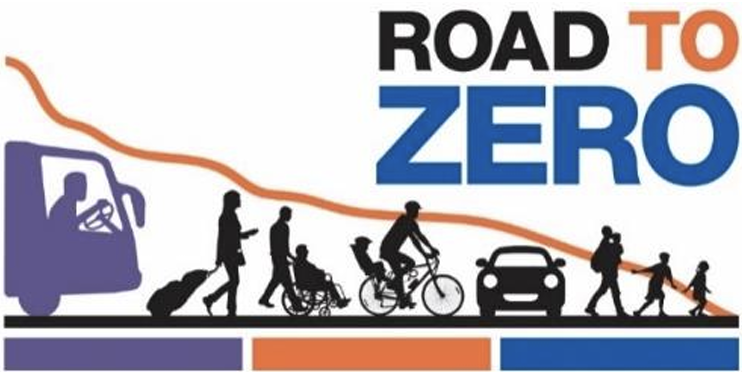Recommendations for vehicle-based approaches to prevent speeding (Road to Zero/IIHS)
Traffic Safety Pulse News
Speeding is a persistent safety problem that accounts for more than 25% of traffic fatalities each year. Over 12,000 lives were lost in speeding-related crashes in 2021 (Stewart, 2023). Vehicle speeds have increased since the beginning of the COVID-19 pandemic, and these higher speeds have contributed to the alarming increase in traffic deaths the United States has experienced since 2020 (Office of Behavioral Safety Research, 2021). NHTSA estimates that speeding-related crashes led to over $45 billion in costs annually from property damage, medical care, lost productivity and other effects (Blincoe et al., 2023).

The U.S. Department of Transportation (USDOT) adopted the Safe System Approach as its guiding paradigm for addressing roadway safety (2022). Safer speeds are central to designing a safe system that builds in redundancy and accounts for human vulnerability, as higher speeds increase the likelihood of both crashing and becoming seriously injured when a crash occurs. Safer speeds require designing roads with this objective in mind and setting and enforcing appropriate speed limits that consider all road users. Safer vehicles are another element of a safe system. In addition to protecting their occupants in a crash, safer vehicles are equipped with technology that can prevent or mitigate crashes. This includes technology that contributes to safer speeds. Read the recommendations for vehicle-based approaches to prevent speeding here.
